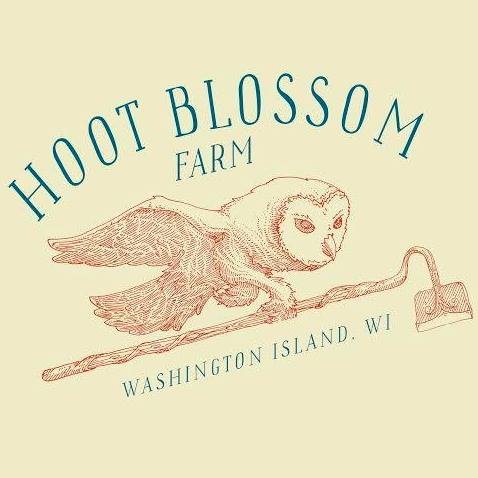Native plant corridors are a concept that has gained significant attention in recent years, as scientists, environmentalists, and policymakers look for ways to preserve and restore natural habitats. A native plant corridor is a stretch of land that connects fragmented natural areas, allowing plants and animals to move freely between them. These corridors are often created by planting native species of plants along a specific route, and they have a wide range of benefits for both the natural environment and the people who live near them.
One of the primary benefits of native plant corridors is that they provide a safe and stable pathway for plants and animals to move between different natural areas. As development has spread across the globe, many natural habitats have become isolated from one another, creating what scientists call "habitat fragmentation." This fragmentation can have disastrous consequences for the plants and animals that live in these habitats, as it can prevent them from accessing important resources like food, water, and mates. By creating native plant corridors, we can help to mitigate the effects of habitat fragmentation and ensure that plants and animals have the resources they need to survive.
In addition to providing a safe passage for plants and animals, native plant corridors also have a number of other benefits for the natural environment. For example, they can help to improve soil health by creating a network of interconnected root systems that help to stabilize the soil and prevent erosion. They can also help to improve water quality by reducing the amount of sediment and pollutants that enter streams and rivers. And by providing a diverse array of habitats, native plant corridors can support a wide range of plant and animal species, helping to maintain healthy ecosystems.
Native plant corridors can also have important benefits for people. For example, they can help to mitigate the effects of climate change by sequestering carbon dioxide from the atmosphere and reducing the heat island effect in urban areas. They can also provide recreational opportunities for hikers, bird-watchers, and nature enthusiasts, helping to improve the quality of life for people who live near them. And by providing important ecosystem services like pollination and pest control, native plant corridors can help to support local agriculture and food systems.
Of course, creating native plant corridors is not without its challenges. One of the biggest challenges is finding the right route for the corridor, as it must connect fragmented habitats in a way that is both effective for plant and animal movement and feasible given existing land use patterns. Another challenge is selecting the right mix of native plant species to ensure that the corridor is able to support a diverse array of plant and animal life. Finally, there is the challenge of managing the corridor over the long term, ensuring that invasive species do not take over and that the native plant communities are able to thrive.
Despite these challenges, the benefits of native plant corridors are clear, both for the natural environment and for people. By creating these corridors, we can help to preserve and restore important habitats, support healthy ecosystems, and improve the quality of life for those who live near them. As such, it is critical that we continue to invest in the creation and management of native plant corridors, and work to ensure that they are an integral part of our efforts to protect the natural world.
While turning your front yard into a native prairie planting may not be a full on corridor, it will create stopping ground, food supply and habitat. And if all our neighbors join in the movement, we will have created something beautiful and meaningful to the more than human world we share space with.

